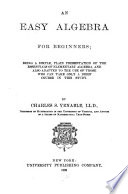 | Charles Scott Venable - Algebra - 1880 - 168 pages
...multiply the divisor by the first term of the quotient, and subtract the product from the dividend. Divide the first term of the remainder by the first term of the divisor, and proceed as before, continuing the process with the terms that remain. Ex. 1. Divide x' + iax +... | |
 | George Albert Wentworth - Algebra - 1881 - 406 pages
...p, the second term of the quotient. That is, the second term of the quotient is obtained by dividing the first term of the remainder by the first term of the divisor. In like manner, the third term of the quotient is obtained by dividing the first term of the new remainder... | |
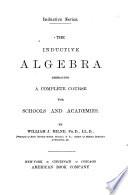 | William James Milne - Algebra - 1881 - 360 pages
...the root, we consider z2 + 2z as one quantity, which we multiply by 2 for the trial divisor. Dividing the first term of the remainder by the first term of the divisor, the third term of the root is obtained, which is — 5. Annexing this, as before, to the trial divisor... | |
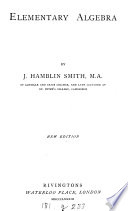 | James Hamblin Smith - 1883 - 466 pages
...the expression 3ab + 62 we obtain the full divisor 3a2 + 3ab + V. Hence our rule proceeds thus : " Divide the first term of the remainder by the first term of the divisor, and add ~the result to the first term of the root. Then take three times the product of the first and... | |
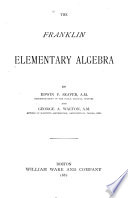 | Edwin Pliny Seaver, George Augustus Walton - Algebra - 1881 - 304 pages
...terms of the remainder in the same way that the terms of the dividend and divisor have been arranged. Divide the first term of the remainder by the first term of the divisor, and the result is the second term of the quotient. Multiply the divisor by this term, and subtract... | |
 | Simon Newcomb - Algebra - 1882 - 302 pages
...quotient. 3. Multiply the whole divisor by this quotient, and subtract the product from the dividend. 4. Divide the first term of the remainder by the first term of the divisor, and repeat the process until the divisor will no longer divide the remainder. REMARK. Unless we introduce... | |
 | George Albert Wentworth - Algebra - 1886 - 284 pages
...p, the second term of the quotient. That is, the second term of the quotient is obtained by dividing the first term of the remainder by the first term of the divisor. In like manner, the third term of the quotient is obtained by dividing the first term of the new remainder... | |
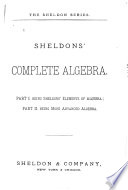 | Algebra - 1888 - 492 pages
...write the product under the dividend, and subtract it from the dividend for the first remainder. IV. Divide the first term of the remainder by the first...the divisor for the second term, of the quotient. V. Multiply the divisor by this term, write the product under the first remainder, and subtract as... | |
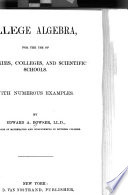 | Edward Albert Bowser - Algebra - 1888 - 868 pages
...dividend, and. to the remainder join as many terms from the dividend, taken in order, as are required. Divide the first term of the remainder by the first term of the divisor, and write the result for the second term of the quotient ; multiply the whole divisor by this term,... | |
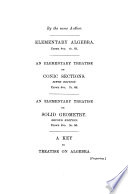 | Charles Smith - Algebra - 1888 - 680 pages
...according to descending powers of a, the second term of the quotient will be found as before by dividing the first term of the remainder by the first term of the divisor. If we now multiply the whole divisor by the second term of the quotient and subtract the product from... | |
| |